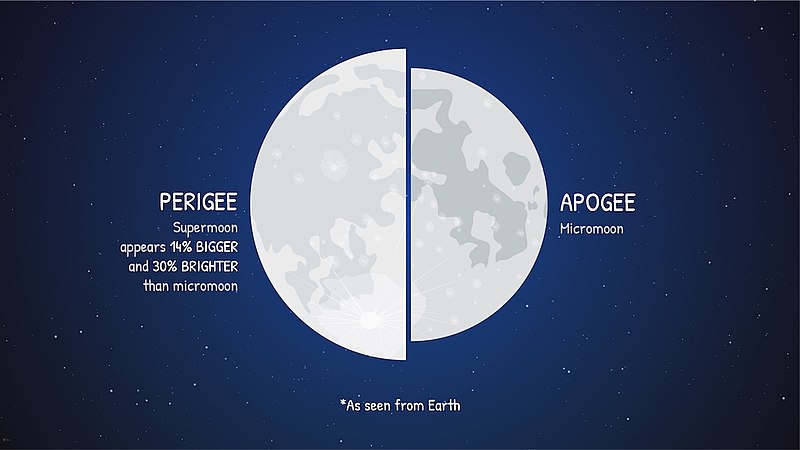7667766266
enquiry@shankarias.in
Inter-State Migrant Act, 1979
Sample Registration System (SRS)
Highlights of 2018 SRS
Registrar General of India
PM CARES Vs PMNRF
|
PM CARES |
PMNRF |
|
|
Strict Liability Vs Absolute Liability
Lunar Perigee and Apogee
Super Moon

Apsis
Source: The Hindu, Indian Express